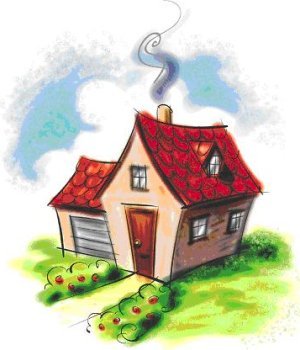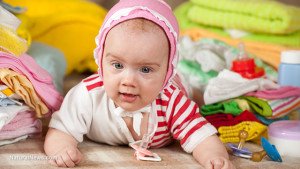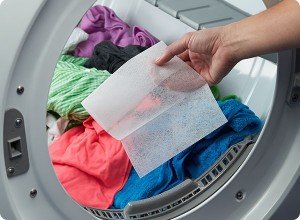Is your home making you sick?
3 min read
(NaturalNews) Most people may not give this a second thought, but perhaps the environment in your home may be making you sick. There are literally hundreds of factors that could be affecting the safety factor of your home. Let’s take a look at a few of the most potential sources of dangerous toxins.
1. Furniture and fixtures
The worst culprit in the home is formaldehyde. It is classified as a known human carcinogen by the International Agency for Research on Cancer. It is a colorless and flammable chemical that is used in building materials, furniture, carpets and many household products. It is even found in “wrinkle-free” and preshrunk clothing. Significant sources of formaldehyde are fuel-burning appliances such as gas stoves and kerosene heaters.
Since this toxic gas may be floating around in your home, try to keep your home well ventilated, especially at night. Live, green plants help oxygenate your home and absorb many toxins.
2. Cleaning products
The average household has over three gallons of toxic cleaners in it. The most dangerous chemicals are “ethylene based glycols that are used in floor cleaners, paints, plastics and in synthetic fibers. According to the EPA, this water soluble solvent is classified as a hazardous air pollutant.
Cleaning products that contain bleach (floor cleaners, dishwasher and clothing detergents, bathroom cleaners) and similar disinfectants can react to create volatile chlorinated compounds.
A 2008 European study found that inhalation of these chlorine-based compounds could “significantly increase the cancer risk.”
Eliminating toxic cleaning products can be as simple as purchasing “green” and non-toxic products at your local natural market. For the more adventurous cleaner, you can make your own. Vinegar and water is a great disinfectant and degreaser. Baking soda sprinkled with clove oil can be used to scrub and disinfect your bathroom.
3. Pest control
Insecticides that are sprayed in your home contain chemicals that affect your nervous system, your endocrine system and hormones and may even be carcinogenic. For a non-toxic approach to insect problems in your home, refer to this NaturalNews article.
4. Dry cleaning chemicals
Ever wonder what that distinct smell is on your clothes when you bring them home wrapped in plastic from the dry cleaners? That chemical smell is PERC or percloroethylene. PERC breaks down into several byproducts like carbon tetrachloride, a known liver carcinogen.
Make sure you remove the plastic wrap and aerate your clothes in the garage or outside for 24 hours before you wear them.
5. EMF’s
Would you ever consider your Wi-Fi router and computer as sources of dangerous toxins? Electro-pollution has been labeled the deadliest toxin on the planet. You don’t see it, feel it, smell it or taste it, but it is affecting you 24/7. Educate yourself about scientifically validated products that help to neutralize the effects of the EMF’s. Unplug your router at night and don’t have any active electronics in your bedroom when you are bedding down for the night.
Obviously, we can’t live in a bubble and remove ourselves from ALL toxic exposure. However, if you take small steps to clean up your personal environment and slowly reduce your toxic exposure then hopefully your home will truly become a safe haven.
Related Links:
http://www.cancer.gov/cancertopics/factsheet/Risk/formaldehyde
http://www.epa.gov/ttn/atw/hlthef/ethy-gly.html
http://en.wikipedia.org/wiki/Sodium_hypochlorite#Uses
http://pubs.acs.org/doi/abs/10.1021/es702355u
http://www.epa.gov/kidshometour/products/ispray2.htm
Source: http://www.naturalnews.com/036962_indoor_air_toxic_chemicals_cleaning_products.html#ixzz24kZrJ9Vv






